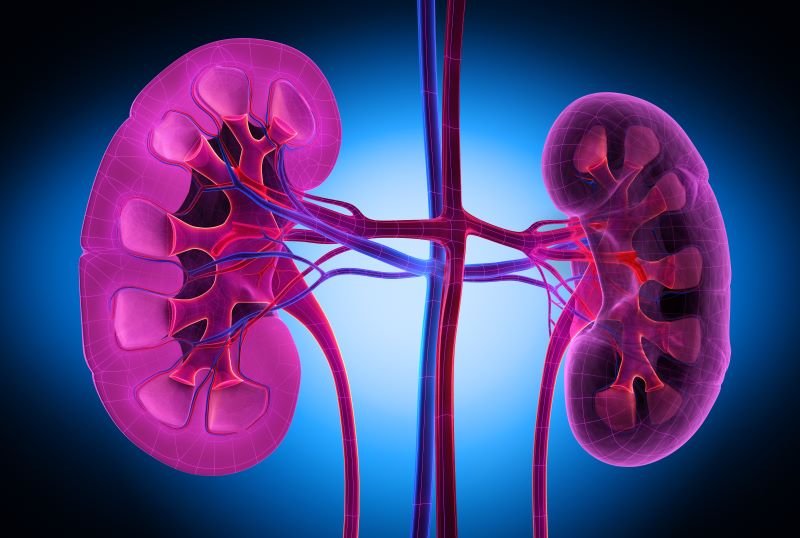No substantial improvement seen over time in observed or adjusted estimated living donor kidney transplant rate ratios
By Elana Gotkine HealthDay Reporter
THURSDAY, Dec. 21, 2023 (HealthDay News) — For patients with kidney failure, there appears to be no substantial improvement over time in the observed or adjusted Black-White mean living donor kidney transplant (LDKT) rate ratios (RRs), according to a study published online Dec. 15 in JAMA Network Open.
Lisa M. McElroy, M.D., from Duke University School of Medicine in Durham, North Carolina, and colleagues examined center-level factors and racial equity in LDKT during an 11-year time period from Jan. 1, 2008, to Dec. 31, 2018. Observed and model-based estimated Black-White mean LDKT rate RRs were examined, where an RR of 1 indicates racial equity.
The final cohorts of patients were composed of 394,625 wait-listed adults, including 33.1 and 66.9 percent Black and White, respectively, and 57,222 adult LDKT recipients, including 14.1 and 85.9 percent Black and White, respectively. The researchers found that after accounting for center and population characteristics, the estimated yearly center-level RRs between Black and White individuals ranged from 0.0557 in 2008 to 0.771 in 2018. The yearly median RRs varied from 0.216 to 0.285 in 2016 and 2010. For the hypothetical best-case scenario, model-based estimations resulted in little change in the minimum RR (0.0557 to 0.0549) but a greater positive change in the maximum RR (0.771 to 0.895). The 2018 hypothetical model estimated an increase of 423 and 1,838 LDKTs for Black and White patients (72.7 and 47.9 percent increase, respectively) relative to the observed 582 and 3,837 LDKTs.
“Achieving racial equity will require identification of LDKT RRs related to the referral region conditions, and tailored interventions and goal setting should be based on the center-specific barriers to achieve them,” the authors write.
Copyright © 2023 HealthDay. All rights reserved.








